Knowledge Is Power, The Old Saying Goes, But It Isn’t Much Use If It’s Hidden Away – So We’re

Knowledge is power, the old saying goes, but it isn’t much use if it’s hidden away – so we’re excited to learn that the US Library of Congress is making 25 million of its records available for free, for anyone to access online.
The bibliographic data sets, like digital library cards, cover music, books, maps, manuscripts, and more, and their publication online marks the biggest release of digital records in the Library’s history.
“The Library of Congress is our nation’s monument to knowledge and we need to make sure the doors are open wide for everyone, not just physically but digitally too,” says Librarian of Congress Carla Hayden.
“Unlocking the rich data in the Library’s online catalogue is a great step forward. I’m excited to see how people will put this information to use.”
Continue Reading.
More Posts from Karlfelersii and Others








Making A.I. Systems that See the World as Humans Do
A Northwestern University team developed a new computational model that performs at human levels on a standard intelligence test. This work is an important step toward making artificial intelligence systems that see and understand the world as humans do.
“The model performs in the 75th percentile for American adults, making it better than average,” said Northwestern Engineering’s Ken Forbus. “The problems that are hard for people are also hard for the model, providing additional evidence that its operation is capturing some important properties of human cognition.”
The new computational model is built on CogSketch, an artificial intelligence platform previously developed in Forbus’ laboratory. The platform has the ability to solve visual problems and understand sketches in order to give immediate, interactive feedback. CogSketch also incorporates a computational model of analogy, based on Northwestern psychology professor Dedre Gentner’s structure-mapping theory. (Gentner received the 2016 David E. Rumelhart Prize for her work on this theory.)
Forbus, Walter P. Murphy Professor of Electrical Engineering and Computer Science at Northwestern’s McCormick School of Engineering, developed the model with Andrew Lovett, a former Northwestern postdoctoral researcher in psychology. Their research was published online this month in the journal Psychological Review.
The ability to solve complex visual problems is one of the hallmarks of human intelligence. Developing artificial intelligence systems that have this ability not only provides new evidence for the importance of symbolic representations and analogy in visual reasoning, but it could potentially shrink the gap between computer and human cognition.

(Image caption: An example question from the Raven’s Progressive Matrices standardized test. The test taker should choose answer D because the relationships between it and the other elements in the bottom row are most similar to the relationships between the elements of the top rows)
While Forbus and Lovett’s system can be used to model general visual problem-solving phenomena, they specifically tested it on Raven’s Progressive Matrices, a nonverbal standardized test that measures abstract reasoning. All of the test’s problems consist of a matrix with one image missing. The test taker is given six to eight choices with which to best complete the matrix. Forbus and Lovett’s computational model performed better than the average American.
“The Raven’s test is the best existing predictor of what psychologists call ‘fluid intelligence, or the general ability to think abstractly, reason, identify patterns, solve problems, and discern relationships,’” said Lovett, now a researcher at the US Naval Research Laboratory. “Our results suggest that the ability to flexibly use relational representations, comparing and reinterpreting them, is important for fluid intelligence.”
The ability to use and understand sophisticated relational representations is a key to higher-order cognition. Relational representations connect entities and ideas such as “the clock is above the door” or “pressure differences cause water to flow.” These types of comparisons are crucial for making and understanding analogies, which humans use to solve problems, weigh moral dilemmas, and describe the world around them.
“Most artificial intelligence research today concerning vision focuses on recognition, or labeling what is in a scene rather than reasoning about it,” Forbus said. “But recognition is only useful if it supports subsequent reasoning. Our research provides an important step toward understanding visual reasoning more broadly.”

Making Memories While You Sleep
Researchers have long known that the brain produces specific rhythms during sleep, and that different parts of the brain produce different rhythms. We also know that sleep is important for memory. In a recent study published in Nature Communications, UC San Diego School of Medicine researchers bridged the gap between these two schools of research — investigating how the timing of sleeping brain rhythms may influence memory storage.
The research team was led by Eric Halgren, PhD, professor of neurosciences, psychiatry and radiology, and Rachel Mak-McCully, PhD, who was a graduate student in Halgren’s lab at the time of the study. They recorded sleeping rhythms from two regions of the brain — cortex and thalamus — in three people with epilepsy who had electrodes implanted in their brains as part of their treatment.
The thalamus is a relay station for all senses except smell. This part of the brain is considered the “pacemaker” of the sleep spindle, intermittent clusters of brain waves that group cortical activity and strengthen the connections between cortical neurons that form memories. The cortex is where memories are stored permanently, and it’s known to generate slow waves during sleep.
The researchers found how the cortex and thalamus work together to time slow waves and spindles in a sequence that may optimize memory formation.
“During sleep, we usually think of the thalamus as having one conversation while the cortex is having another,” Mak-McCully said. “But what we found is they are actually having a discussion that’s important for memory retention.”
The information the team collected on rhythm timing and coordination between these two areas is important because it allows them to begin thinking about how altering those rhythms could change memory storage. The ultimate goal, Mak-McCully said, is to find ways to manipulate these sleeping brain rhythms as a means to improve, or at least maintain, memory as we age.
“It’s not just that we need more of these rhythms, we need to know when they do what they do, and for how long,” she said.
Pictured: Cartoon of the communication loop described in this study: 1) downstates in the cortex lead to 2) downstates in the thalamus, which produces a spindle that 3) is sent back to the cortex.


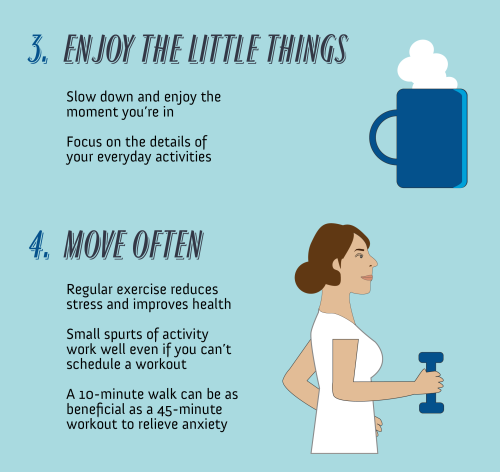
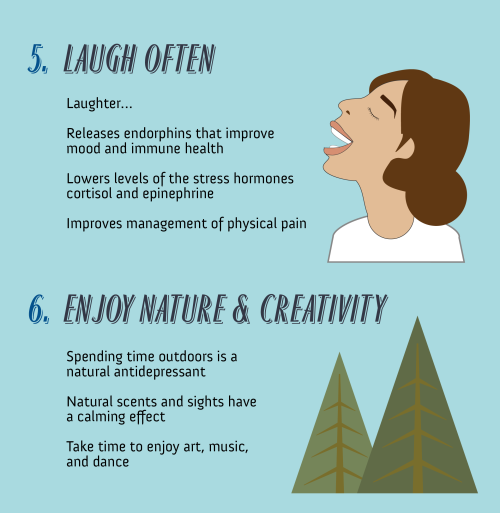
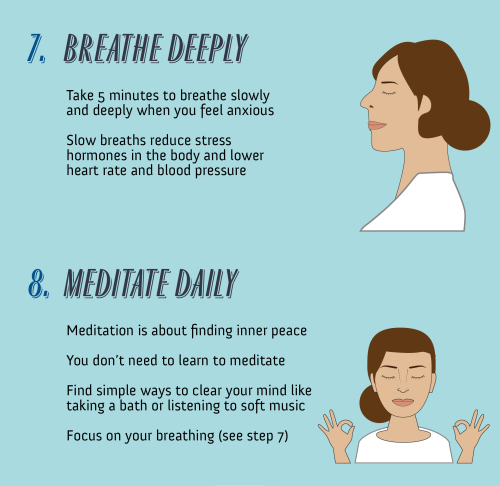
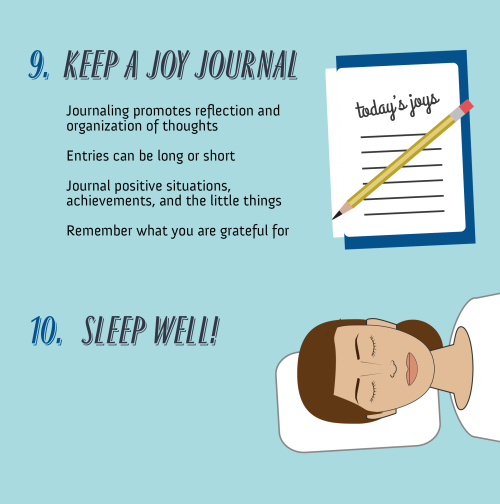

For more posts like these, go to @mypsychology
Never give up on someone with a mental illness. When “I” is replaced by “we”, illness becomes wellness.
Shannon L. Alder (via psych2go)
Incoming! We’ve Got Science from Jupiter!
Our Juno spacecraft has just released some exciting new science from its first close flyby of Jupiter!

In case you don’t know, the Juno spacecraft entered orbit around the gas giant on July 4, 2016…about a year ago. Since then, it has been collecting data and images from this unique vantage point.

Juno is in a polar orbit around Jupiter, which means that the majority of each orbit is spent well away from the gas giant. But once every 53 days its trajectory approaches Jupiter from above its north pole, where it begins a close two-hour transit flying north to south with its eight science instruments collecting data and its JunoCam camera snapping pictures.

Space Fact: The download of six megabytes of data collected during the two-hour transit can take one-and-a-half days!

Juno and her cloud-piercing science instruments are helping us get a better understanding of the processes happening on Jupiter. These new results portray the planet as a complex, gigantic, turbulent world that we still need to study and unravel its mysteries.
So what did this first science flyby tell us? Let’s break it down…
1. Tumultuous Cyclones

Juno’s imager, JunoCam, has showed us that both of Jupiter’s poles are covered in tumultuous cyclones and anticyclone storms, densely clustered and rubbing together. Some of these storms as large as Earth!

These storms are still puzzling. We’re still not exactly sure how they formed or how they interact with each other. Future close flybys will help us better understand these mysterious cyclones.

Seen above, waves of clouds (at 37.8 degrees latitude) dominate this three-dimensional Jovian cloudscape. JunoCam obtained this enhanced-color picture on May 19, 2017, at 5:50 UTC from an altitude of 5,500 miles (8,900 kilometers). Details as small as 4 miles (6 kilometers) across can be identified in this image.

An even closer view of the same image shows small bright high clouds that are about 16 miles (25 kilometers) across and in some areas appear to form “squall lines” (a narrow band of high winds and storms associated with a cold front). On Jupiter, clouds this high are almost certainly comprised of water and/or ammonia ice.
2. Jupiter’s Atmosphere
Juno’s Microwave Radiometer is an instrument that samples the thermal microwave radiation from Jupiter’s atmosphere from the tops of the ammonia clouds to deep within its atmosphere.

Data from this instrument suggest that the ammonia is quite variable and continues to increase as far down as we can see with MWR, which is a few hundred kilometers. In the cut-out image below, orange signifies high ammonia abundance and blue signifies low ammonia abundance. Jupiter appears to have a band around its equator high in ammonia abundance, with a column shown in orange.

Why does this ammonia matter? Well, ammonia is a good tracer of other relatively rare gases and fluids in the atmosphere…like water. Understanding the relative abundances of these materials helps us have a better idea of how and when Jupiter formed in the early solar system.
This instrument has also given us more information about Jupiter’s iconic belts and zones. Data suggest that the belt near Jupiter’s equator penetrates all the way down, while the belts and zones at other latitudes seem to evolve to other structures.
3. Stronger-Than-Expected Magnetic Field

Prior to Juno, it was known that Jupiter had the most intense magnetic field in the solar system…but measurements from Juno’s magnetometer investigation (MAG) indicate that the gas giant’s magnetic field is even stronger than models expected, and more irregular in shape.

At 7.766 Gauss, it is about 10 times stronger than the strongest magnetic field found on Earth! What is Gauss? Magnetic field strengths are measured in units called Gauss or Teslas. A magnetic field with a strength of 10,000 Gauss also has a strength of 1 Tesla.

Juno is giving us a unique view of the magnetic field close to Jupiter that we’ve never had before. For example, data from the spacecraft (displayed in the graphic above) suggests that the planet’s magnetic field is “lumpy”, meaning its stronger in some places and weaker in others. This uneven distribution suggests that the field might be generated by dynamo action (where the motion of electrically conducting fluid creates a self-sustaining magnetic field) closer to the surface, above the layer of metallic hydrogen. Juno’s orbital track is illustrated with the black curve.
4. Sounds of Jupiter
Juno also observed plasma wave signals from Jupiter’s ionosphere. This movie shows results from Juno’s radio wave detector that were recorded while it passed close to Jupiter. Waves in the plasma (the charged gas) in the upper atmosphere of Jupiter have different frequencies that depend on the types of ions present, and their densities.
Mapping out these ions in the jovian system helps us understand how the upper atmosphere works including the aurora. Beyond the visual representation of the data, the data have been made into sounds where the frequencies and playback speed have been shifted to be audible to human ears.
5. Jovian “Southern Lights”

The complexity and richness of Jupiter’s “southern lights” (also known as auroras) are on display in this animation of false-color maps from our Juno spacecraft. Auroras result when energetic electrons from the magnetosphere crash into the molecular hydrogen in the Jovian upper atmosphere. The data for this animation were obtained by Juno’s Ultraviolet Spectrograph.

During Juno’s next flyby on July 11, the spacecraft will fly directly over one of the most iconic features in the entire solar system – one that every school kid knows – Jupiter’s Great Red Spot! If anybody is going to get to the bottom of what is going on below those mammoth swirling crimson cloud tops, it’s Juno.

Stay updated on all things Juno and Jupiter by following along on social media: Twitter | Facebook | YouTube | Tumblr
Learn more about the Juno spacecraft and its mission at Jupiter HERE.










Superstitions around the world.
Anyone interested in a psychology article about superstitions and why some people believe in them? Follow me and I will make a post @mypsychology

If you like more posts like these, follow us @psych2go


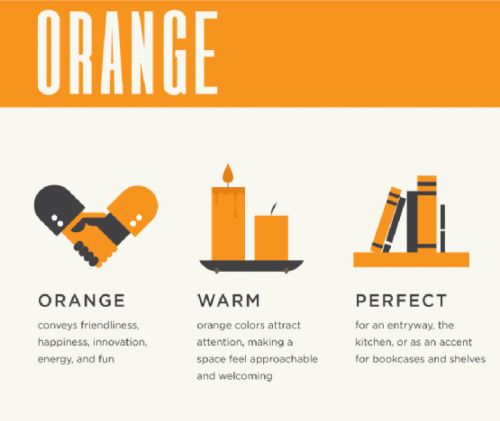

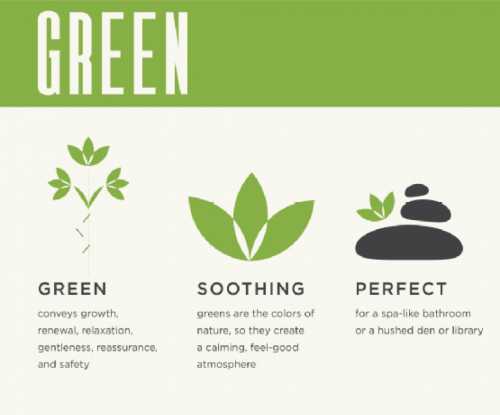

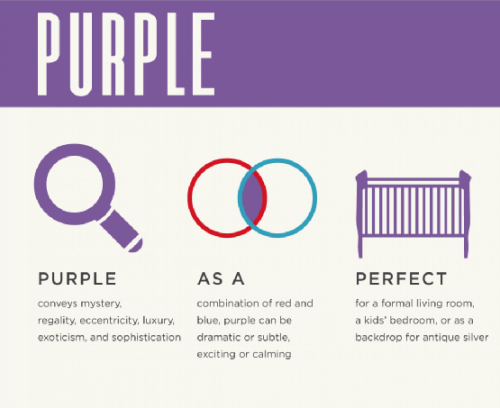


For more posts like these, go to @mypsychology
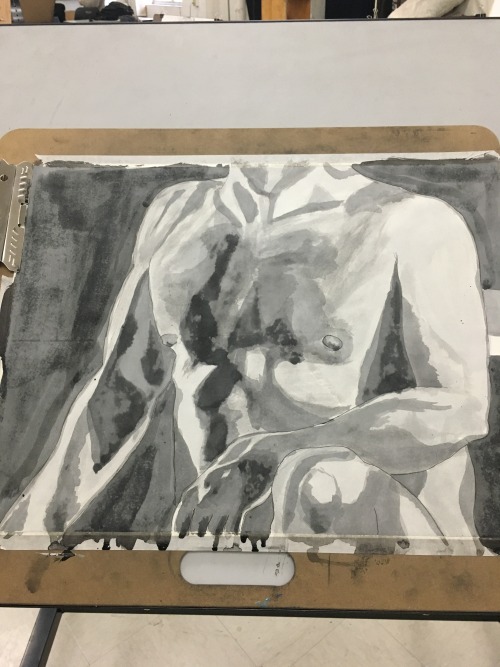
-
 midknightsvnn reblogged this · 4 years ago
midknightsvnn reblogged this · 4 years ago -
 trulypure1 reblogged this · 7 years ago
trulypure1 reblogged this · 7 years ago -
 tondo-ule liked this · 7 years ago
tondo-ule liked this · 7 years ago -
 ourdistinguishedanchorinflu-blog liked this · 7 years ago
ourdistinguishedanchorinflu-blog liked this · 7 years ago -
 drneverland reblogged this · 7 years ago
drneverland reblogged this · 7 years ago -
 partisan-by-default reblogged this · 7 years ago
partisan-by-default reblogged this · 7 years ago -
 rowenamarion liked this · 7 years ago
rowenamarion liked this · 7 years ago -
 basiate-culos-meos reblogged this · 7 years ago
basiate-culos-meos reblogged this · 7 years ago -
 kaijulady liked this · 7 years ago
kaijulady liked this · 7 years ago -
 fatgirlssavedmylife reblogged this · 7 years ago
fatgirlssavedmylife reblogged this · 7 years ago -
 intheheartofman reblogged this · 7 years ago
intheheartofman reblogged this · 7 years ago -
 official-arnie-nutts reblogged this · 7 years ago
official-arnie-nutts reblogged this · 7 years ago -
 brandnewinformation reblogged this · 7 years ago
brandnewinformation reblogged this · 7 years ago -
 russalex reblogged this · 7 years ago
russalex reblogged this · 7 years ago -
 nighthawkslair liked this · 7 years ago
nighthawkslair liked this · 7 years ago -
 eclecticdreamweaver reblogged this · 7 years ago
eclecticdreamweaver reblogged this · 7 years ago -
 zeshuetoral reblogged this · 7 years ago
zeshuetoral reblogged this · 7 years ago -
 zeshuetoral liked this · 7 years ago
zeshuetoral liked this · 7 years ago -
 arbsenantics reblogged this · 7 years ago
arbsenantics reblogged this · 7 years ago -
 ourdistinguishedanchorinflu-blog reblogged this · 7 years ago
ourdistinguishedanchorinflu-blog reblogged this · 7 years ago -
 canadianabroadvery liked this · 7 years ago
canadianabroadvery liked this · 7 years ago -
 jilli1205 reblogged this · 7 years ago
jilli1205 reblogged this · 7 years ago -
 jilli1205 liked this · 7 years ago
jilli1205 liked this · 7 years ago -
 bartfargo reblogged this · 7 years ago
bartfargo reblogged this · 7 years ago -
 cthulhulovesewe reblogged this · 7 years ago
cthulhulovesewe reblogged this · 7 years ago -
 meetnategreen reblogged this · 7 years ago
meetnategreen reblogged this · 7 years ago -
 utot-atbp liked this · 7 years ago
utot-atbp liked this · 7 years ago -
 gubestiel-blog reblogged this · 7 years ago
gubestiel-blog reblogged this · 7 years ago -
 thisisacatperson reblogged this · 7 years ago
thisisacatperson reblogged this · 7 years ago -
 trulypure1 reblogged this · 7 years ago
trulypure1 reblogged this · 7 years ago -
 guckybrand reblogged this · 7 years ago
guckybrand reblogged this · 7 years ago -
 sylvanpossum liked this · 7 years ago
sylvanpossum liked this · 7 years ago -
 girl-reading2 liked this · 7 years ago
girl-reading2 liked this · 7 years ago -
 cazort reblogged this · 7 years ago
cazort reblogged this · 7 years ago -
 cazort liked this · 7 years ago
cazort liked this · 7 years ago -
 officialactualghost reblogged this · 7 years ago
officialactualghost reblogged this · 7 years ago -
 mauvaisang liked this · 7 years ago
mauvaisang liked this · 7 years ago -
 understandingghosts reblogged this · 7 years ago
understandingghosts reblogged this · 7 years ago -
 understandingghosts liked this · 7 years ago
understandingghosts liked this · 7 years ago -
 caityaityitytyy liked this · 7 years ago
caityaityitytyy liked this · 7 years ago -
 archivistic reblogged this · 7 years ago
archivistic reblogged this · 7 years ago
